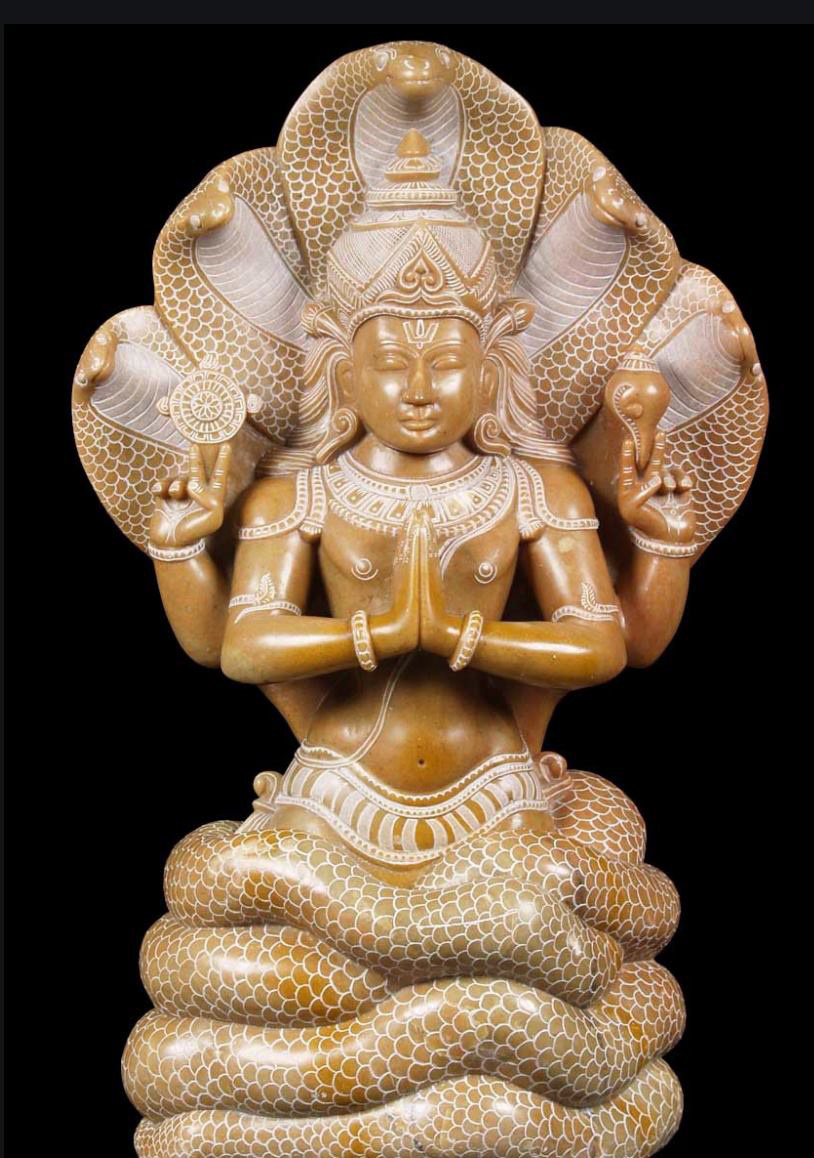What is Yoga
The goal of ancient yoga is complete stillness of the mind, in order to experience a state of eternal bliss (Samadi/enlightenment).
About 2000 years ago, the path to Samadi was first described in written form by an ancient sage called Patanjali. The practice of yoga is much older than that, but before Patanjali nothing was written down. Yoga was only taught by word of mouth directly from teacher to pupil. Patanjali was said to be a scholar of language, medicine and philosophy. He was also described to have the body of a serpent and more than two arms. Today Patanjalis text about yoga is still relevant and useful. It is called the Yoga Sutras, a collection of almost 196 aphorisms (a short and compact sentence which expresses a general truth). Together they compile to a manual on how to lead a sacred life and how to find ultimate bliss. Both, the path towards this goal and the goal itself is called Yoga.
Patanjali describes 8 different practices, the 8-fold path of yoga (Ashtanga). They reach from moral conduct to deep meditation. Physical exercise (Asana) is merely one of them. Based on the Yoga Sutras many different forms of yoga have evolved. The form most common in the western world is Hatha yoga which builds on the practice of Asana. But Hatha Yoga also comes in many different forms and styles. A lot of teachers (gurus) have developed their own style of yoga, their own set of rules, truths and disciplines. Which isn’t a great surprise as reaching the ultimate goal, namely stilling the mind, is one of the most difficult things to do and can only be reached in small steps and with a lot of practice. To conclude: there is not one form of yoga but many different paths, all of them approaching the same goal namely calming the mind towards a state of ultimate bliss (enlightenment).







